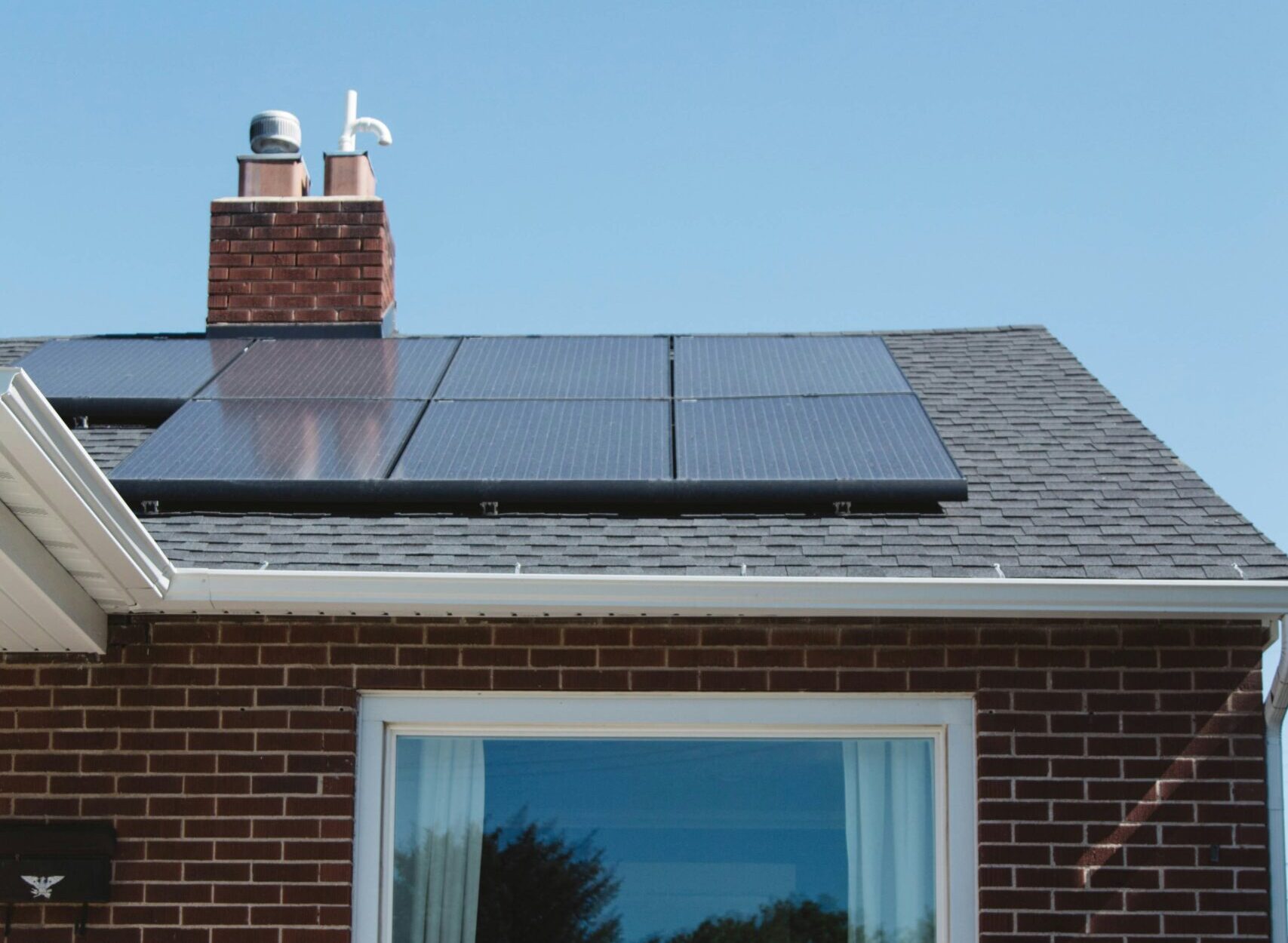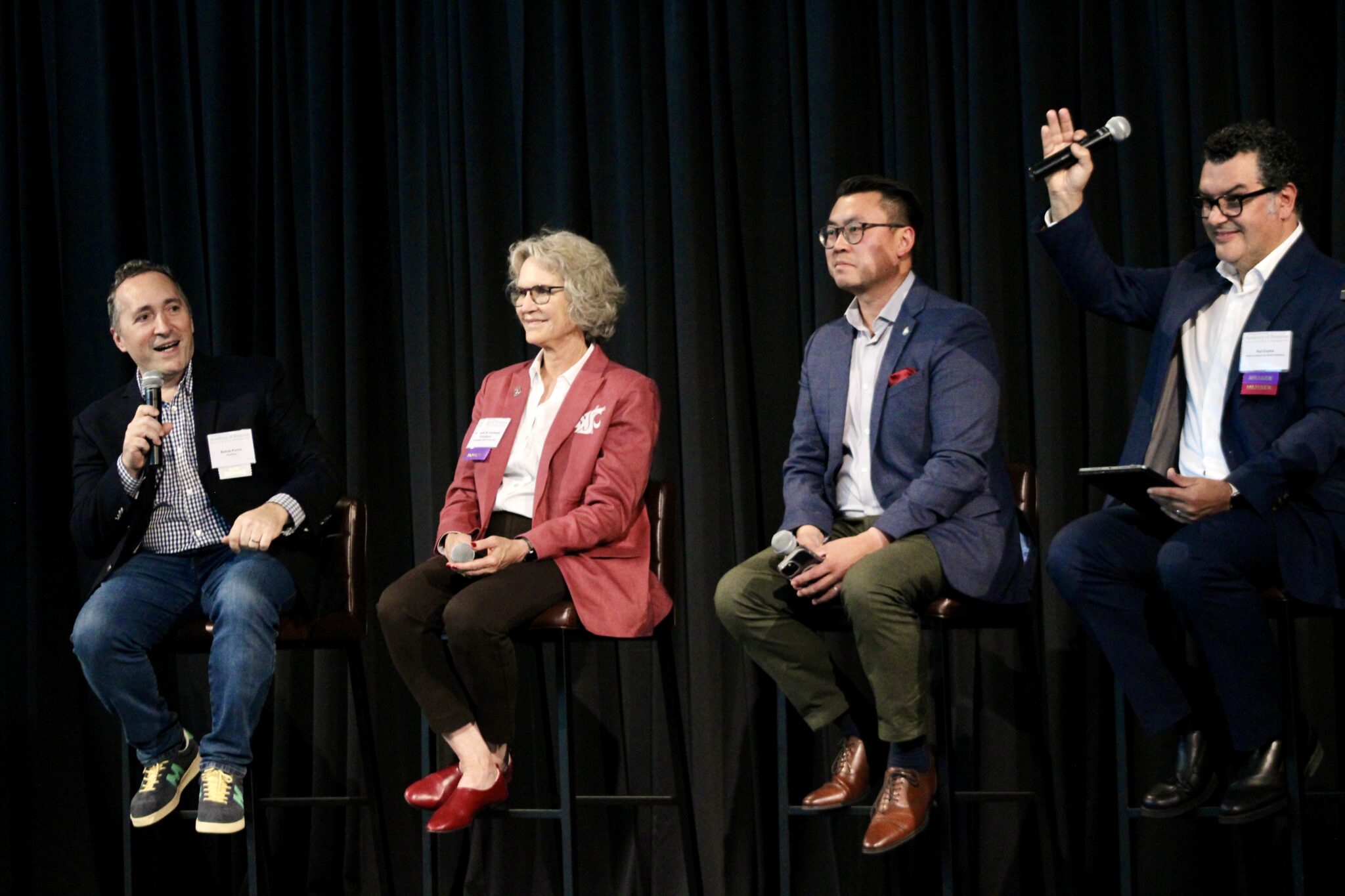
In Washington state Net Energy Metering (NEM) allows customers with renewable energy systems, like solar panels, to earn credits for the excess electricity they send to the grid. Established by law in 1998 and revised in 2019, NEM has supported investments in private renewable energy. Under current law, utilities must offer full retail-rate NEM to eligible customers until either June 30, 2029, or until NEM systems reach 4% of the utility’s 1996 peak load—whichever comes first.
As of 2024, one investor-owned utility and several public utilities have reached the 4% threshold and are beginning to reconsider their rate structures. More utilities are expected to follow soon prompting the need for new methodologies to value distributed solar generation and storage.
To address this need, the Washington State Legislature directed the Department of Commerce to contract with the Washington State Academy of Sciences (WSAS) to study the value of distributed solar and storage, and to develop recommendations for future compensation methodologies. In the first year, the WSAS focused on engaging a wide range of interested parties and creating a research plan for continued analysis.
To guide and review the project, the WSAS formed an Oversight Committee of experts. The Committee interpreted its charge to focus on behind-the-meter systems, especially solar+storage systems that combine solar power production with onsite storage. The research plan proposed in WSAS’s interim report includes evaluation of both technical and societal values of distributed energy, including equity, and considers how these values can inform policy, rate structures, and compensation mechanisms.
Phase 1 of the project (July 2024–June 2025) included defining key terms, gathering information and perspectives from interested parties, reviewing relevant statutes and policies, and laying the groundwork for valuation methods to be developed in later phases.
The WSAS engaged a broad range of interested parties involved in distributed solar and storage in Washington. This included utilities (investor-owned, municipal, and consumer-owned), utility regulators, the solar and storage industry, and advocacy groups focused on consumer rights, environmental justice, clean energy, climate change, and tribal interests. To gather their perspectives on the value of distributed solar and storage, WSAS collaborated with the William D. Ruckelshaus Center to conduct interviews to understand different goals and objectives for distributed solar and storage; key considerations for evaluating distributed solar rate structures; ideas for reaching agreement on net-metering policies; and desired processes for further engagement of interested parties.
Phase 2 of the project, to be conducted between July 2025 – September 2026, will focus on identifying and valuing the range of benefits—economic, societal, and environmental—that distributed solar, storage, and solar+storage can offer. This includes developing methods for estimating value, which can then inform a variety of policy mechanisms, including but not limited to rate designs. The ultimate goal is to equip state leaders, regulators, and utilities with a clear and flexible framework for understanding the value that distributed solar, energy storage, and especially solar+storage systems can provide—not only to the electricity grid but to the broader public.
Central to this effort is the creation of a “Potential Value Stack”—a comprehensive list of possible benefits that distributed solar and storage systems can offer. These benefits are not one-size-fits-all but are tailored to specific use cases. The study will examine benefit factors that affect power generation, transmission, distribution, customers, and communities. Once the benefits are identified, the research team will map these benefits to policy mechanisms. Researchers will examine the policy tools (like retail rates, procurement programs, incentives, or planning efforts) that can enable specific benefits or combination of benefits.
The research team will then develop methods to calculate the value of each benefit. Where possible, the team will create formulas that draw on Washington-specific data. These valuation methods will be designed to be flexible and adaptable across utility service areas, timeframes, and user perspectives.
In fall 2026 a final report will be published summarizing the research findings, valuation methods, and example scenarios.
Related Posts
October 28, 2025
WAJAS is a WSAS program recognizing exceptional high school students from across the state for outstanding original scientific research and offering opportunities to connect with the research community in Washington and beyond. Fellows were publicly honored alongside Washington's top researchers at the WSAS 20th Anniversary Celebration on October 7.
October 14, 2025
Amid political polarization and uncertain federal research policy, Washington leaders are betting on stability through a unique innovation ecosystem rooted in the state’s institutions and businesses. That was a theme at the 20th anniversary celebration of the Washington State Academy of Sciences, held Tuesday evening at Seattle’s Museum of Flight.
July 28, 2025
The Washington State Legislature asked the Washington State Academy of Sciences to study the value of distributed solar power generation and storage, and to develop recommendations for future compensation methods. The WSAS’s recently published interim report details engagement with interested parties and a research plan for continued analysis.

